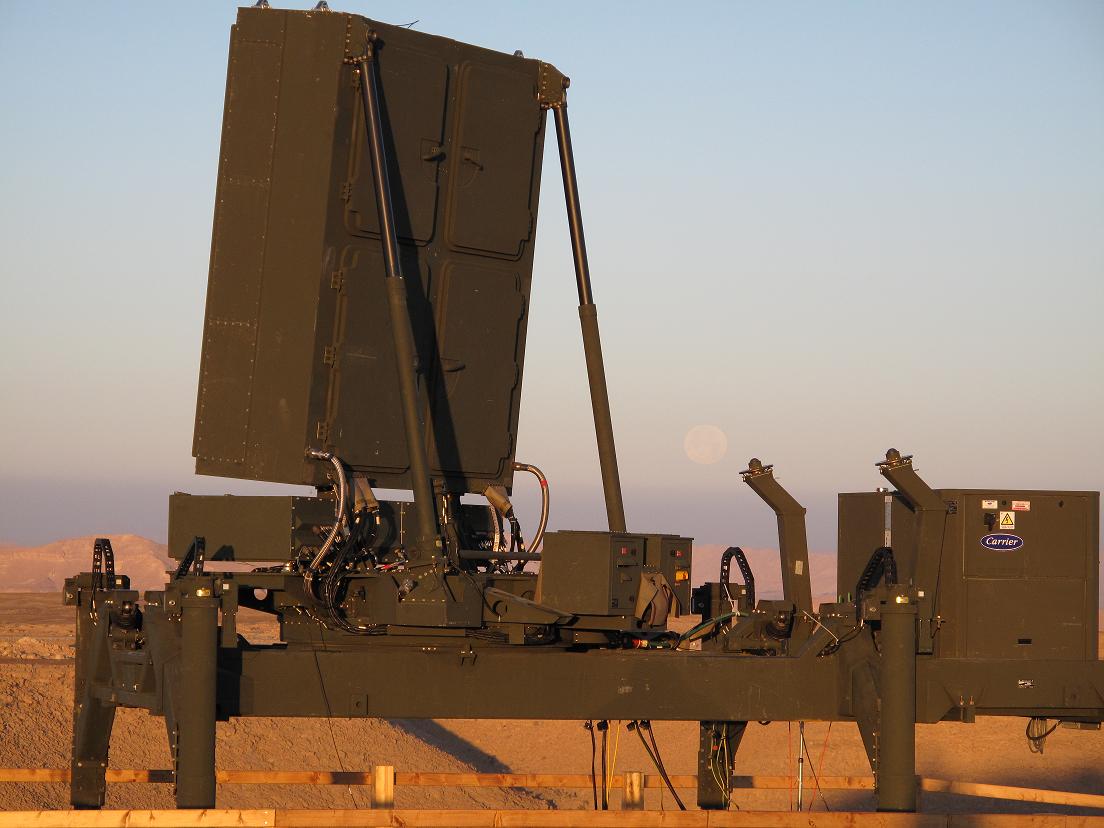The Iron Dome system is an example of the application of robotic systems such as those studied at Bar-Ilan, an application that has all the elements of electronics, computers, mechanics, software, artificial intelligence, and rapid response

The article was first published on the science channel of Bar-Ilan University and Ha'aretz
Iron Dome has all the components of a robotic system. A lot of electronics, a lot of mechanical systems, complex software that implements artificial intelligence, sophisticated control, and the other features that characterize a sophisticated robotic system, the same things we teach here in the robotics major at the Faculty of Engineering at Bar-Ilan University. Says Dr. Eli Kohlberg, head of the robotics department.
Kohlberg, who serves as the president of RoboCup Israel, hosted the conference in Bar-Ilan in March 2012 where students and engineers from all over the country presented the robotic applications they developed as part of the annual competition. A team of students and researchers from the department will also go this summer to the RoboCup world competition that will be held in Mexico and try to compete in a robotic soccer competition there. According to Dr. Kohlberg, this is a prestigious competition and the group from Bar-Ilan is one of 24 universities accepted to it from around the world.
Robotics is a discipline that is a combination of several fields: electronics, computer and software engineering, mechanics, a combination of artificial intelligence. The students who study with us arrive in the fourth year for the final project after having acquired the basic subjects. Some of the projects were done as part of the RoboCup competition, where they try to find solutions to problems from the world of robotic football, which have implications for the entire field of robotics. They deal with topics such as image processing, localization and mapping, goalkeeper behavior - identifying the ball, calculating the ball's movements and making a decision whether to jump or not, if so, when and in which direction. Others deal with striker behavior and walking where each striker needs to know where he is to see his team's and opponents' robots.
"The football game allows us to demonstrate the behavior of a group of robots - cooperation between several robots to perform the same task. In this case they have to decide who is better to approach the ball, whether in the next situation it is better to give a pass or advance to the goal. A lot of decisions we make in the field of artificial intelligence."
But football is of course just the excuse. Computer vision and image processing algorithms are required in many fields. In general, scientists show an interest in artificial intelligence, while improving our understanding of human intelligence. The implementation of walking, for example, if we manage to discover key points involved in it, also affects the treatment of the disabled.
Another important application for robotics is search and rescue application. In the event of a disaster, it is said that robots have already been developed that help rescue people from a collapsed building, one must first know how to divide the area between the robots, and how each robot will be the best, meaning that it will have the optimal algorithm for searching within the area cell. If one robot 'dies' the entire division has to be changed and the algorithm adapted to the new situation.
"Another impact that the practice of robotic sports has on applications that help the human race is a robot that plays billiards that we developed with the aim of testing accuracies and image processing," says Dr. Kohlberg. "In this field there are many problems of identifying balls in order to know where to hit the ball so that it hits another ball and puts it in the right place. In another project we asked to help disabled people who can only move their eyes. We have developed a language that will be customized to their abilities, so that with eye movements they can activate the robotic arm that will reach for a glass of water, grab it and bring it to that person. Already today, studies we carry out in the department help patients who have had an accident and need to restore the movement of the muscles in the hand. We give them a series of exercises and transfer their reactions to signal processing systems (DSP) that activate the muscles and enable rehabilitation of hand movements."
After ten years in which the department has been operating, and six presentations of graduation projects in which approximately 20 graduates participate each year, Dr. Kohlberg has a point of view of the development of the graduates: "The graduates can choose whether to continue with a master's or third degree, there are many who continue in the army who are very interested in this specialization, And of course there are many high-tech graduates, many of them in companies such as Intel and Marvel and other companies in Israel and around the world that are required for robotics, artificial intelligence and computer vision. There are those who founded or joined start-up companies. One of these companies is Yossi Wolff's ROBOTEAM, which deals with XNUMXD vision and robotics that helps the disabled and soldiers.
Graduates of the department also integrated into the defense industries. "Israel generally has an advantage in the more military fields because they need a unique development, and the Iron Dome is the most prominent example." says Dr. Kohlberg. "Today we are making breakthroughs in the field of robotics at a pace similar to that in the field of computing in the XNUMXs. The RoboCup competition that we participate in and hope to achieve good results is the place to show the breakthroughs" he concludes.
